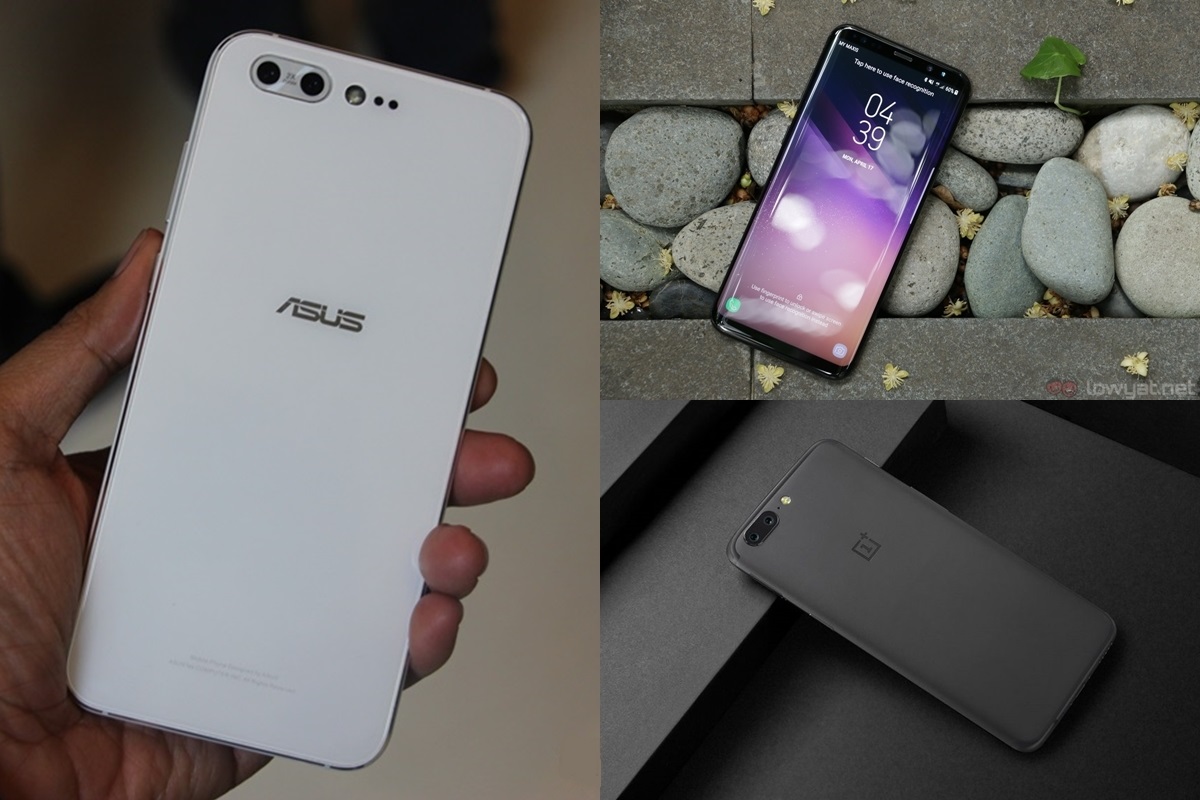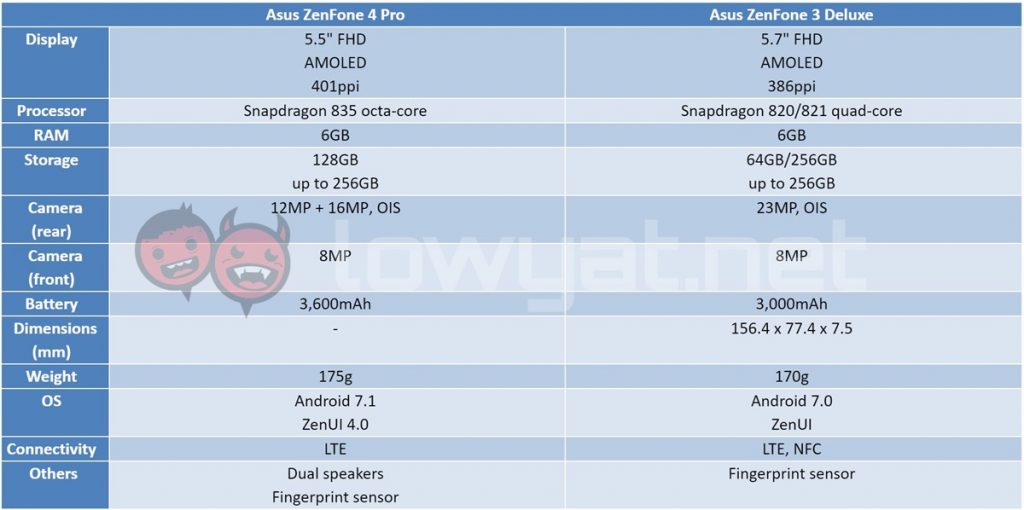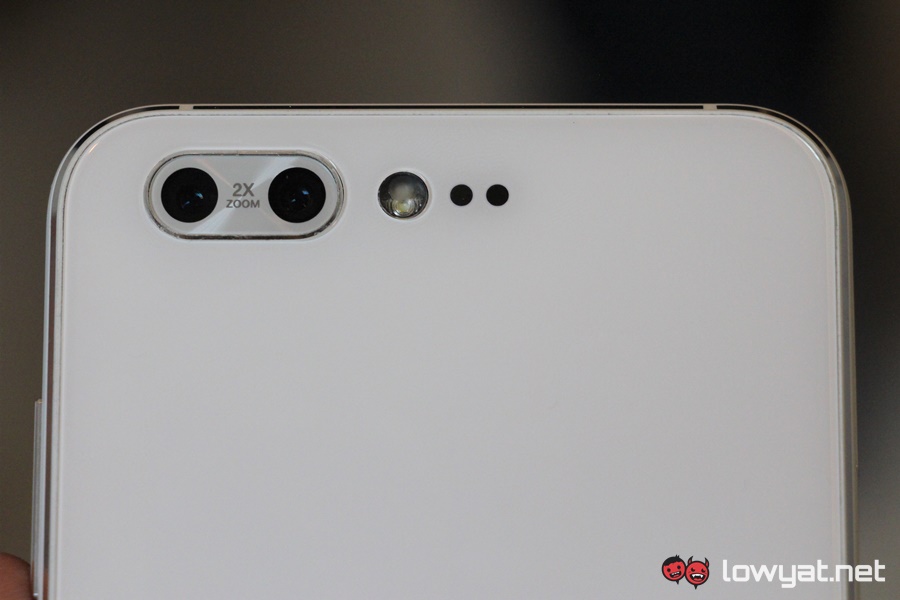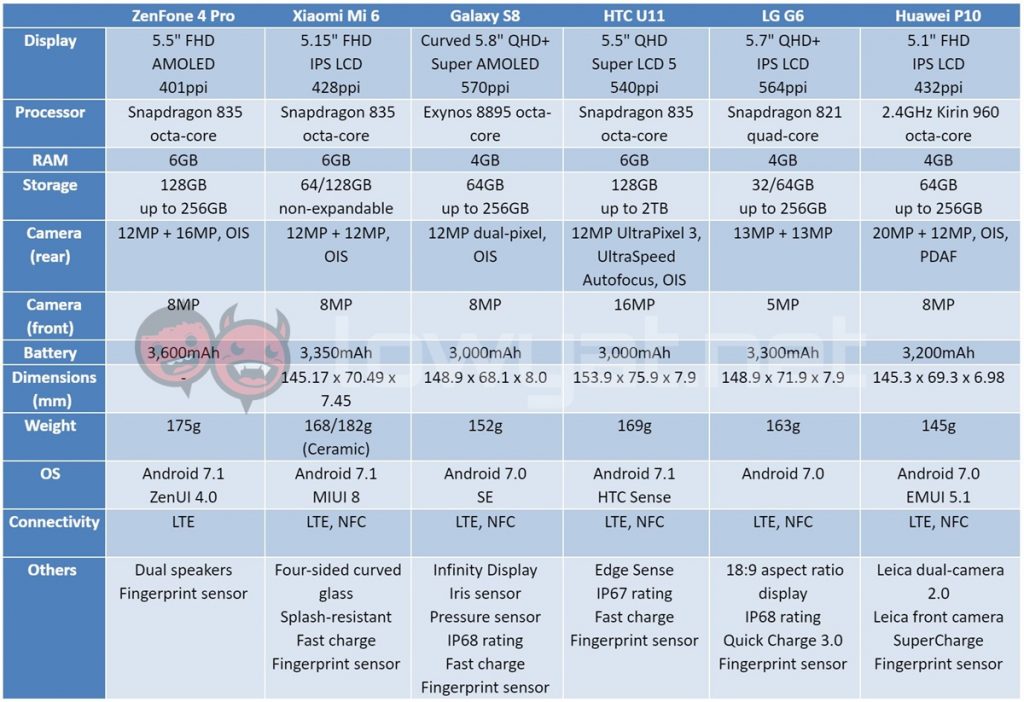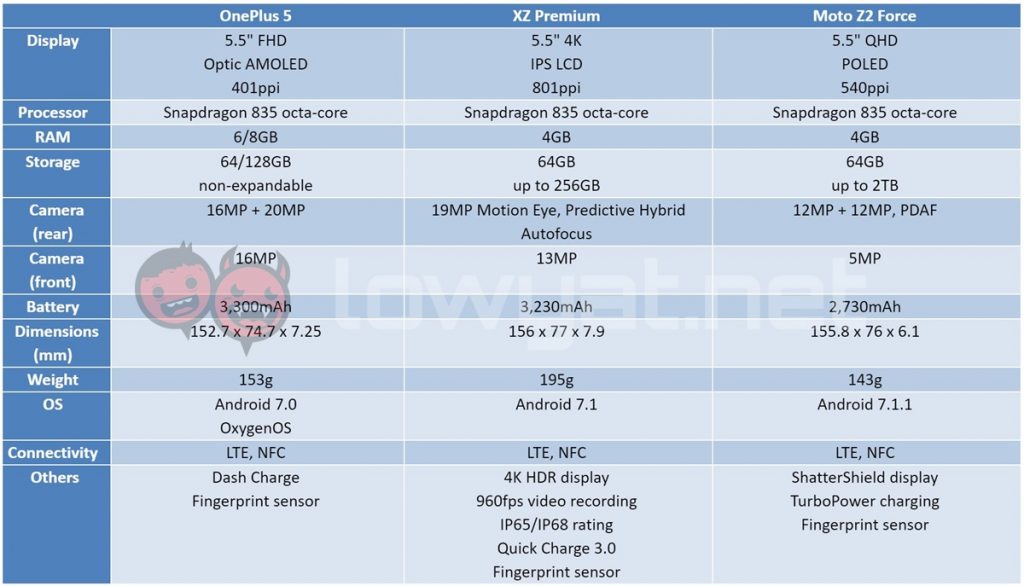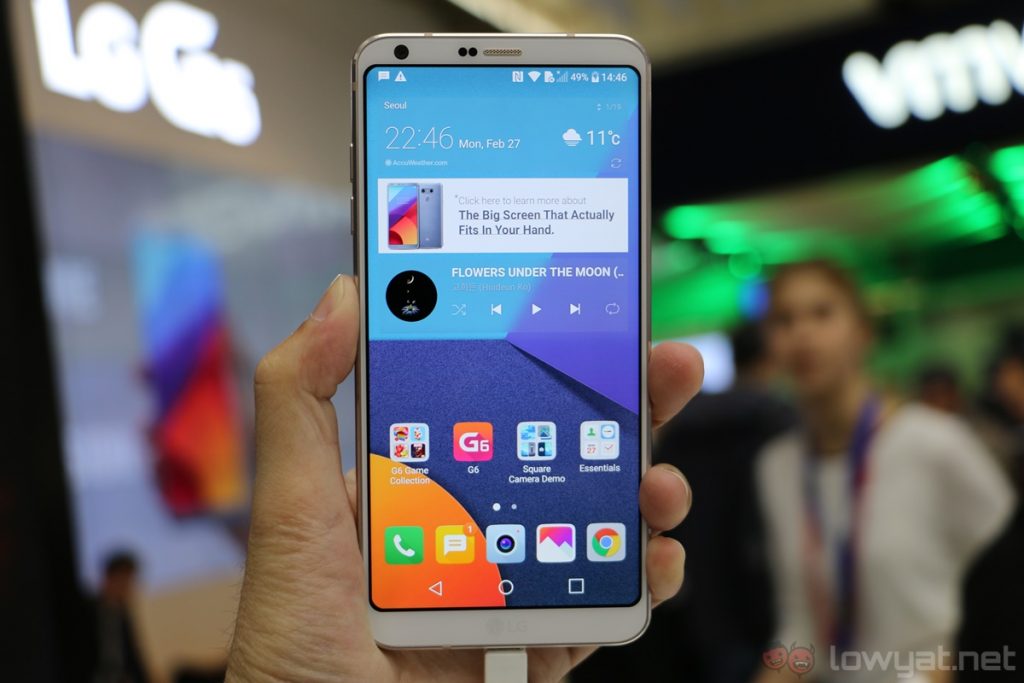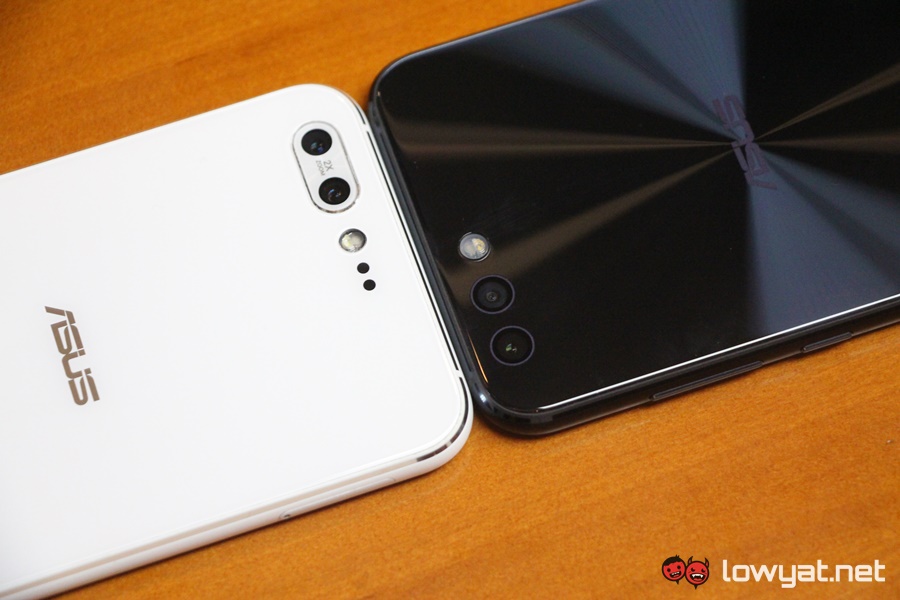It’s been a while since we’ve seen a proper flagship smartphone from the Taiwanese company, and today, Asus just unveiled its range of new ZenFone 4 smartphones. Out of the five different models, the most interesting of the bunch is definitely the highest-end device in the series: the Asus ZenFone 4 Pro. Packed with hardware befitting of a premium-tier device, let’s see how it compares to other 2017 flagship smartphones.
Without a doubt the ZenFone 4 Pro is a sleeker, more capable device than its closest predecessor, the Asus ZenFone 3 Deluxe. Not only does it sport a more premium-looking glass and metal design – in comparison to the all-metal chassis of last year’s model – the ZenFone 4 Pro also comes with a more powerful Qualcomm Snapdragon 835 chipset and a larger 3,600mAh battery.
One area Asus is putting a lot of emphasis on with the ZenFone 4 Pro is its photography capability. Like many, many other smartphones in the market now, Asus’ latest flagship comes with a dual-camera system that’s similar to the iPhone 7 Plus‘. Consisting of two cameras with different focal lengths, the ZenFone 4 Pro can do 2x optical zoom, which also enables interesting shooting options like Portrait Mode.
Then again, it’s really a given the ZenFone 4 Pro is better than its predecessor. The real question is: how does it stack up to its competition? Well…let’s start by comparing their specifications below.
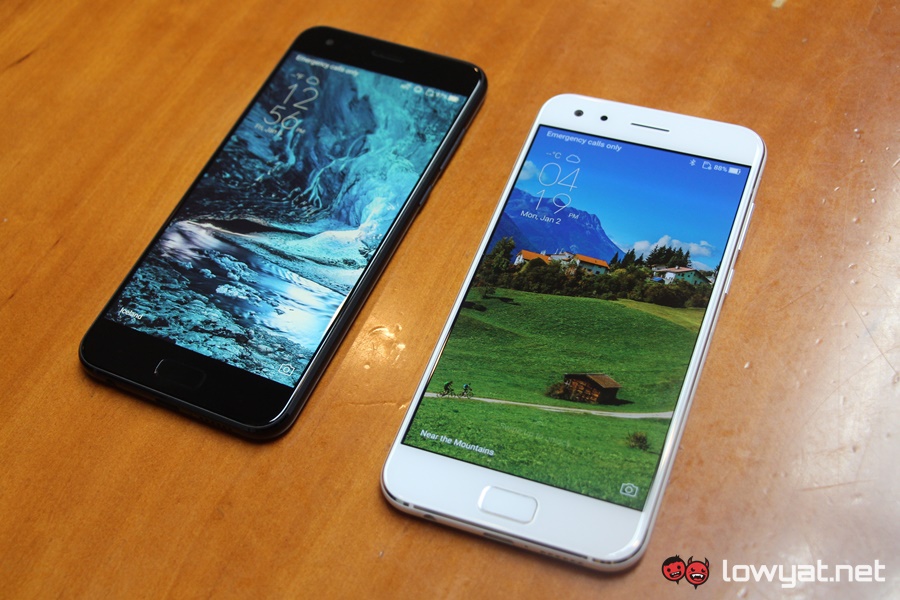 The Asus ZenFone 4 (left) and ZenFone 4 Pro.
The Asus ZenFone 4 (left) and ZenFone 4 Pro.
While the ZenFone 4 Pro can definitely stand toe-to-toe with other flagship smartphones in the performance department, there are a number of areas where it is lacking. For one, it only has a Full HD display. Granted there are other devices in the list that come with 1080p displays too, but the ZenFone 4 Pro doesn’t feature any form of water or dust resistance either.
But arguably the biggest shortcoming with the ZenFone 4 Pro lies in its design: it doesn’t look quite as sleek as its competition. More specifically, the LG G6 and the Samsung Galaxy S8. Although the ZenFone 4 Pro definitely looks better than Asus’ past smartphones, it doesn’t exactly stand out by today’s standards.
That being said, the ZenFone 4 Pro does have its own strengths. For a 5.5-inch smartphone, its 3,600mAh battery is definitely one of the most generous capacities we’ve seen, and together with its 10nm Snapdragon 835 chipset and AMOLED display – which is more power-efficient than an LCD panel – we imagine this phone’s battery life will be pretty good.
Of course, the dual-camera system of the ZenFone 4 Pro is something we’re quite excited to try out too. Sure, we’ve seen similar camera setups from other phone makers, but it’s evident that Asus is very proud of the Pro’s camera performance; it’ll be interesting to see just how good it is once we have the device in for review.
For now, it still remains to be seen just when – or if – the Asus ZenFone 4 Pro will be brought into Malaysia. Retailing at $599 (about RM2,570), value for money won’t exactly be the Pro’s main selling point either; only time will tell if the flagship device will reach our shores.
Follow us on Instagram, Facebook, Twitter or Telegram for more updates and breaking news.


